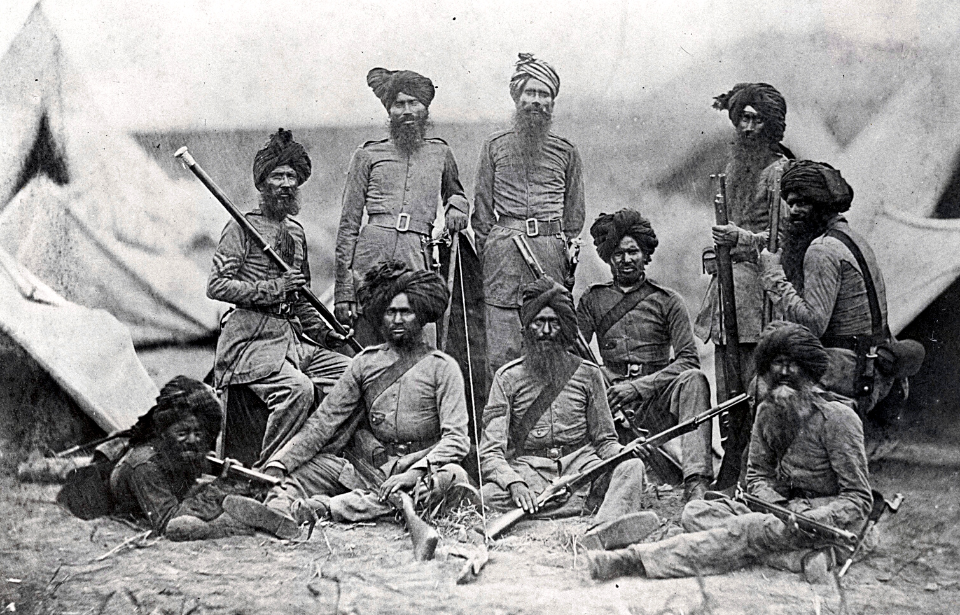Between two British forts on the Samana Range stood a signaling outpost. It was operated by a small crew and became the target of a powerful Afghan rebel attack. Refusing to surrender, the 21 Sikhs manning the outpost fought to keep the tribesmen at bay. Their efforts during the Battle of Saragarhi are still commemorated to this day through a number of ceremonies.
The Saragarhi outpost was necessary for communications
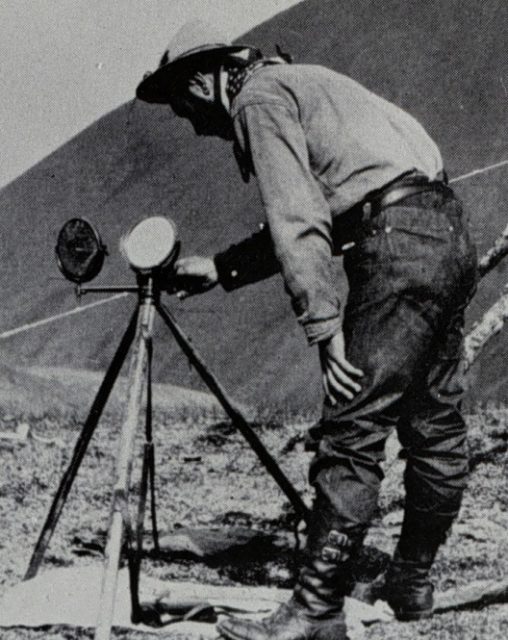
In the 1800s, the British controlled India and had prepared Sikh infantry companies to aid in their attempt to invade Afghanistan, which was altogether not fairing well. The infantrymen were posted at a series of forts in the rural areas along the border of what’s now present-day Pakistan.
The distance between the military structures was far, due to them being situated in the mountains. As such, signaling posts were constructed to aid in communications. The Saragarhi outpost, located between Forts Lockhart and Gulistan, was manned by 21 members of the 36th Sikh Regiment, British Indian Army. Of that number, three were non-commissioned officers and 18 were other ranks.
The Saragarhi outpost was constructed on a ridge and consisted of just a small block house and a signaling tower. It transmitted messages between its designated forts using heliography, a method of communication wherein light is reflected off a mirror and flashed toward the recipient to relay a coded message.
Afghani rebels prepare to launch their attack
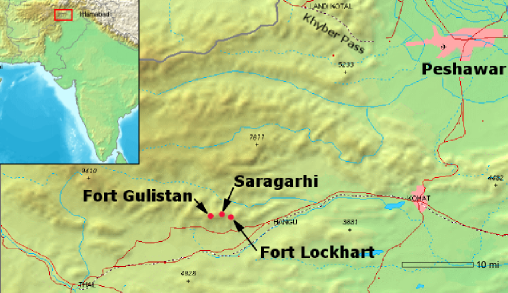
Najmuddin Akhundzada, known as the Mulla of Hadda, was an influential religious figure in Afghanistan during the 19th century. After gaining a hefty following, he declared Jihad in August 1897 and began planning an attack on the British. In the subsequent weeks, continous attacks were launched, with one group of Afridi tribesmen attempting two sieges on Fort Gulistan, which were repelled.
A group of around 10,000 from the Afridi and Orakzai tribes came together to attack the Saragarhi outpost, in what became known as the Battle of Saragarhi. The Pathans marched toward the site and surrounded it, aware that, by taking out the site, they’d effectively be cutting off communications between Forts Lockhart and Gulistan. This would therefore make them vulnerable to further attacks.
The Sikhs, unwilling to become prisoners, retaliated to buy the forts time to prepare their own defenses.
Battle of Saragarhi
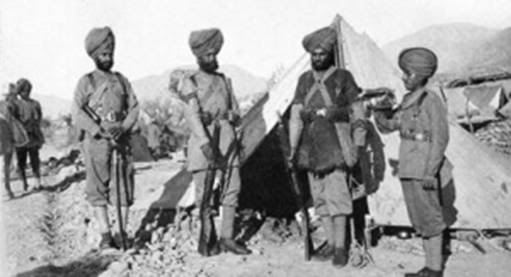
The 10,000-strong Pathans attacking the Saragarhi outpost were met with intense fire by the Sikhs. Led by Havildar Ishar Singh, the 21 soldiers set up defensive positions along the outer wall, blocked the entrance, and handed out 0.303-caliber rifles with ammunition.
They were successful in cutting down 60 Afghanis during the first wave, forcing the enemy troops to temporarily withdraw. Unbeknownst to the defenders, however, two had made it past, reached a dead angle along the wall and begun tunneling. All the while, the Sikhs defended against six more waves of Pathans. After hours of digging, the wall began to cave in. Before they advanced, the Pathans set the surrounding grass and bushes ablaze to provide a hazy veil over their rushing attack.
At around 3:00 PM, they made their way past the outer wall. This wave forced the Sikhs to their inner defenses, but, to get there, the Pathans needed to be slowed. Ishar Singh ordered a charge, while he and a few others engaged in hand-to-hand combat. The order was a desperate attempt to buy time, and he was swiftly cut down.
Supplementary forces couldn’t break through the Afghan rebels
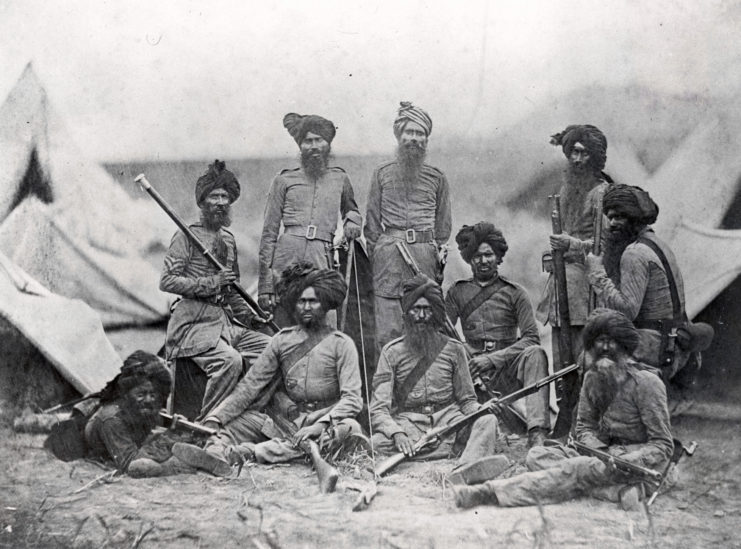
From the beginning, the Sikhs stationed at the Saragarhi outpost were aware the Pathans had been approaching. Prior to the first attack, one of the heliographers, Sepoy Gurmurkh Singh, signaled to Lt. Col. John Haughton at Fort Lockhart, “ENEMY APPROACHING THE MAIN GATE…NEED REINFORCEMENT.” Haughton sent a force to assist, but it was too late. As such, the heliographer at Fort Lockhart responded with, “UNABLE TO BREAKTHROUGH…HOLD POSITION.”
As the Battle of Saragarhi waged on, Gurmurkh signaled the course of events. Through the waves of attacks, he sent a number of messages, including, “LOW ON AMMO…NEED AMMO…URGENTLY.” Again, Haughton tried to provide aid, but his personal orderly was unable to break through to provide the necessary ammunition.
Sepoy Gurmurkh Singh was the final Sikh soldier standing
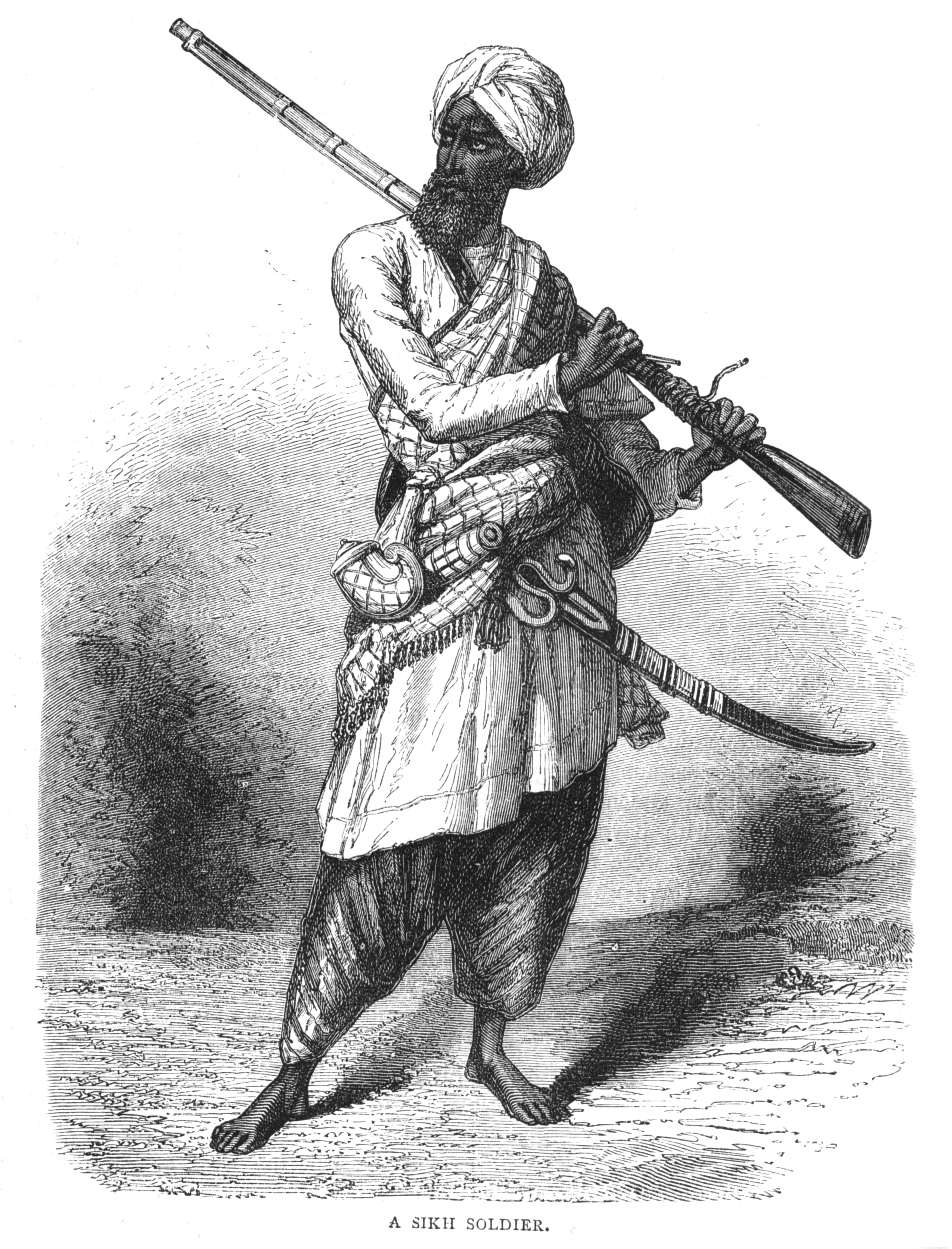
After the Pathans successfully charged the outer wall, Gurmurkh Singh signaled, “MAIN GATE BREACHED…DOWN TO ONE…REQUEST PERMISSION TO DISMOUNT AND JOIN THE FIGHT.” He was granted permission and disassembled the heliograph device, prepared for battle.
Gurmurkh picked up his rifle and made his way down from the tower. Unfortunately, the further the Pathans made it into the Saragarhi outpost, the more success they experienced, mowing down four out of the five remaining Sikh soldiers. The only one remaining, Gurmurkh ran into the thick of the battle, with his final words reportedly being, “One will be blessed eternally, who says that God is the ultimate truth,” the Sikh battle cry.
In the end, the Pathans burned down the outpost, in the hopes they wouldn’t lose anymore men; against 21 Sikhs, they’d lost a whopping 180 rebels. They then turned their sights to Fort Gulistan, but they’d waited too long, allowing for reinforcements to arrive at the military base.
The Sikhs’ last stand is remembered to this day
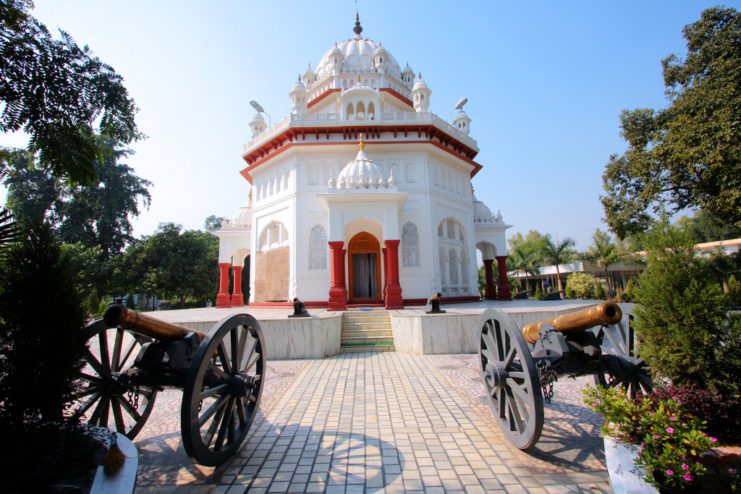
The efforts of the Sikh soldiers during the Battle at Saragarhi successfully bought Forts Gulistan and Lockhart enough time for reinforcements to arrive, preventing an uprising. They were posthumously presented with the highest British military award for Indian soldiers at the time, the Indian Order of Merit (IOM). Additionally, the Saragarhi Memorial Gurudwara was erected in their honor.
More from us: Dogs, Emus and Cows – Oh My! Ridiculous Wars Fought Throughout History
Each year on September 12, the Sikh military recognizes Saragarhi Day, in recognition of the soldiers’ sacrifice. The United Kingdom also continues to recognize their heroics, regularly paying tribute and holding their own day of commemoration.
